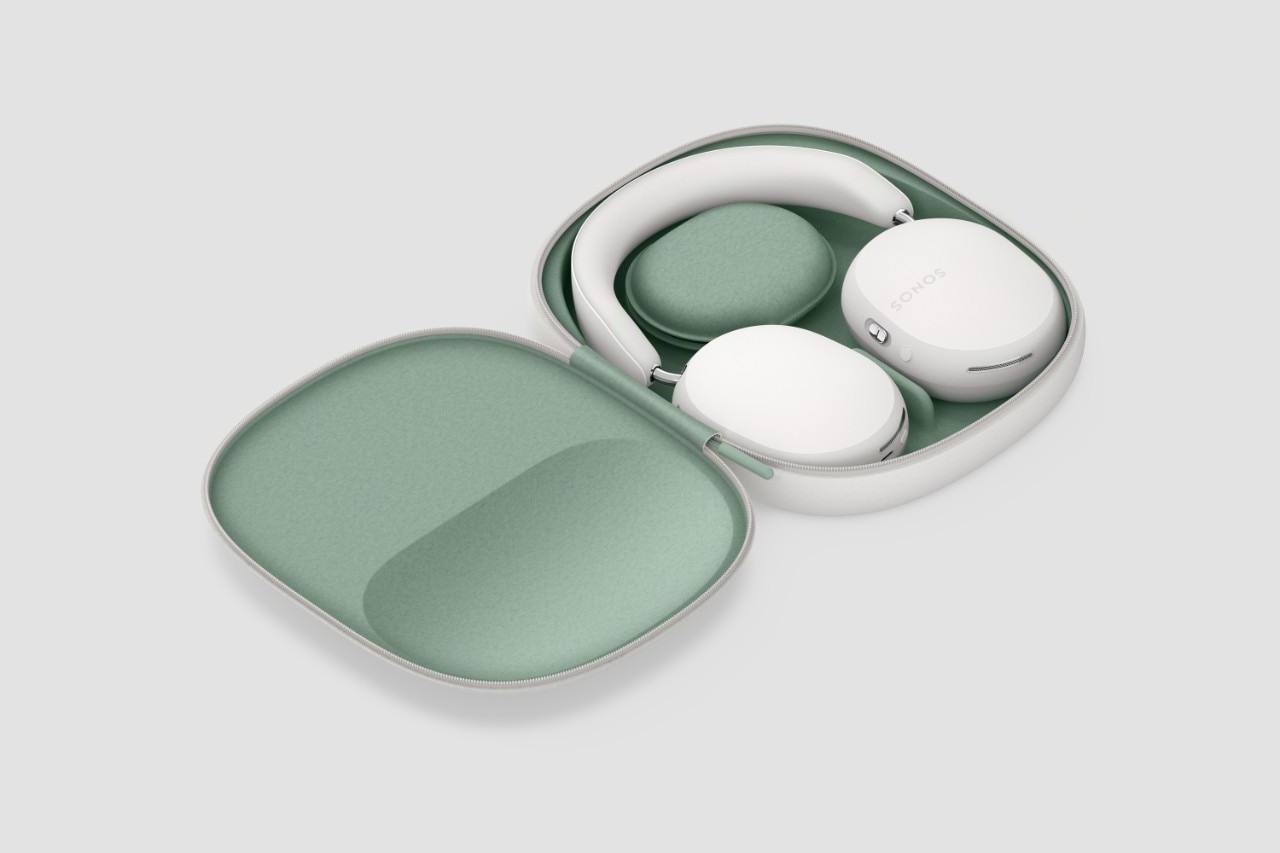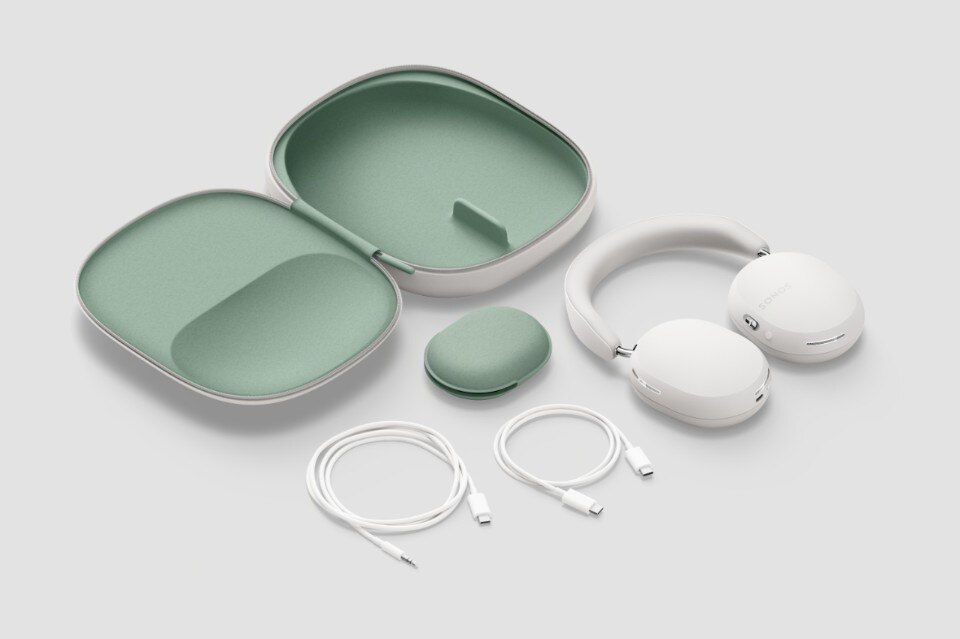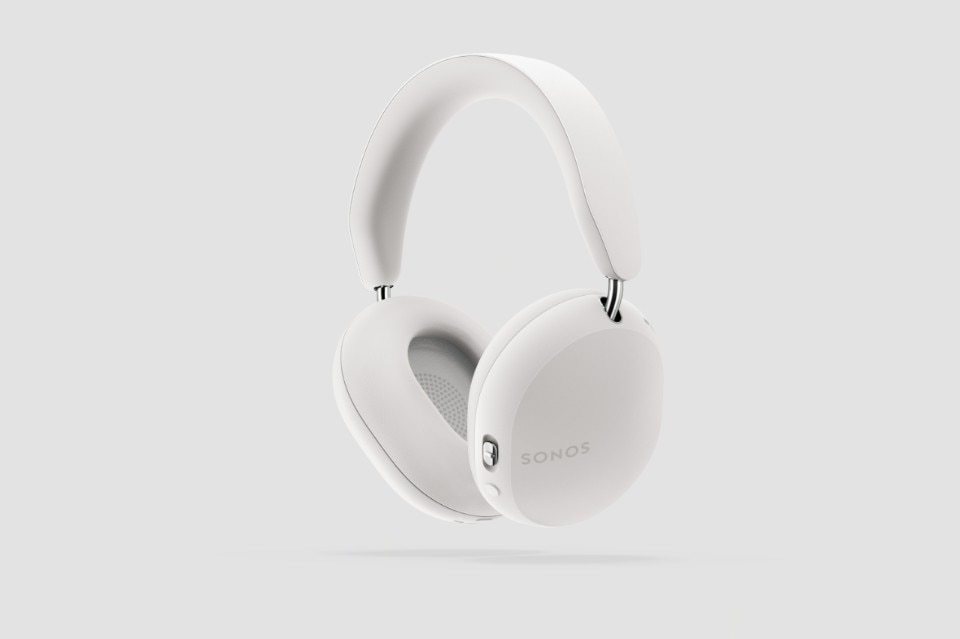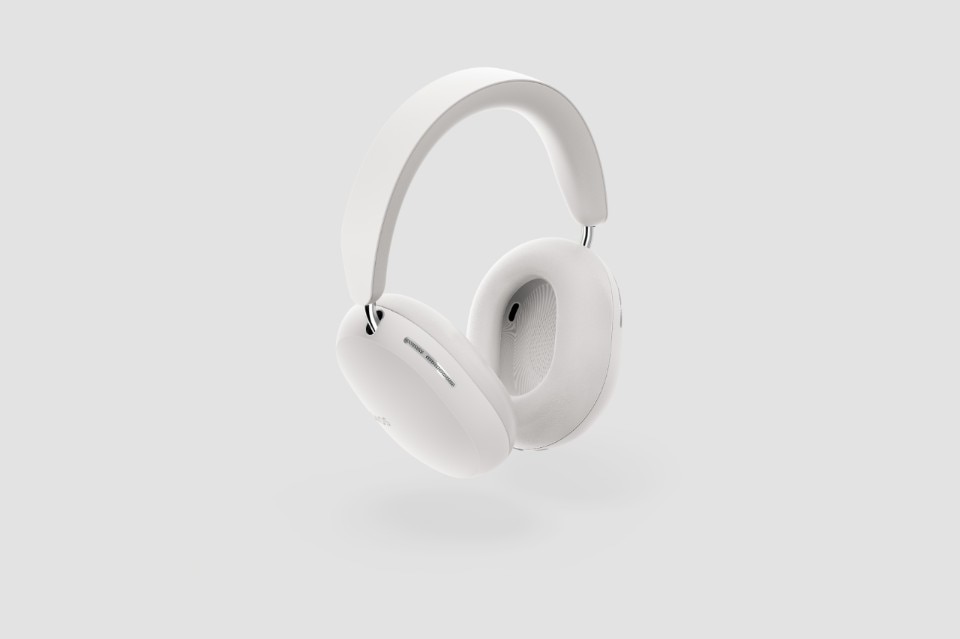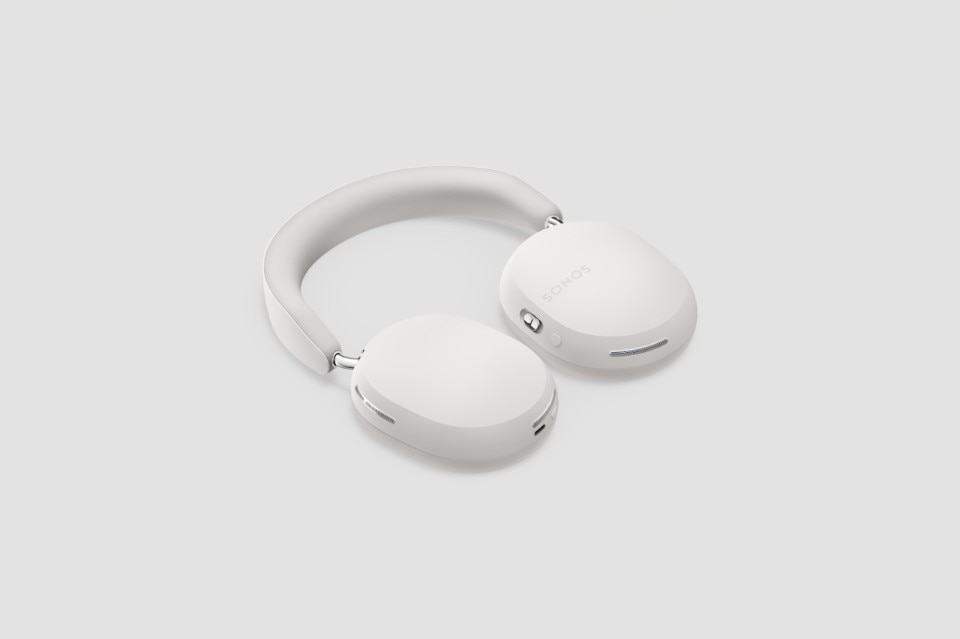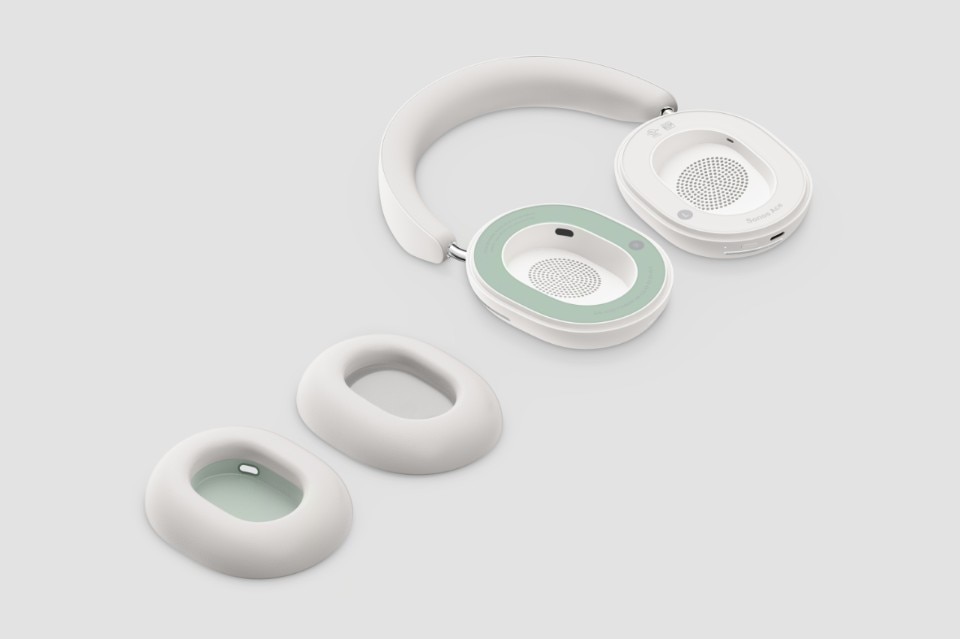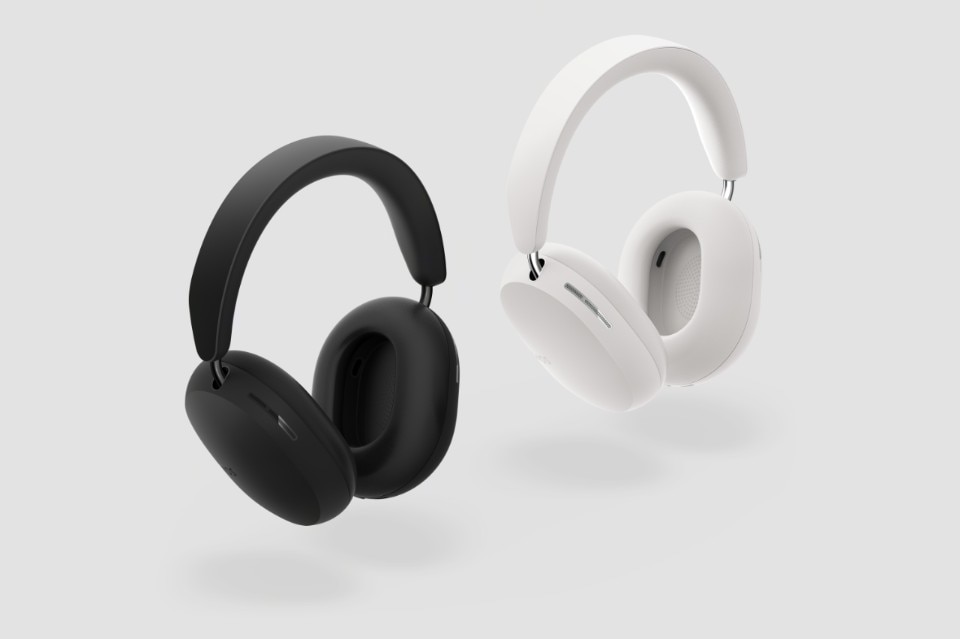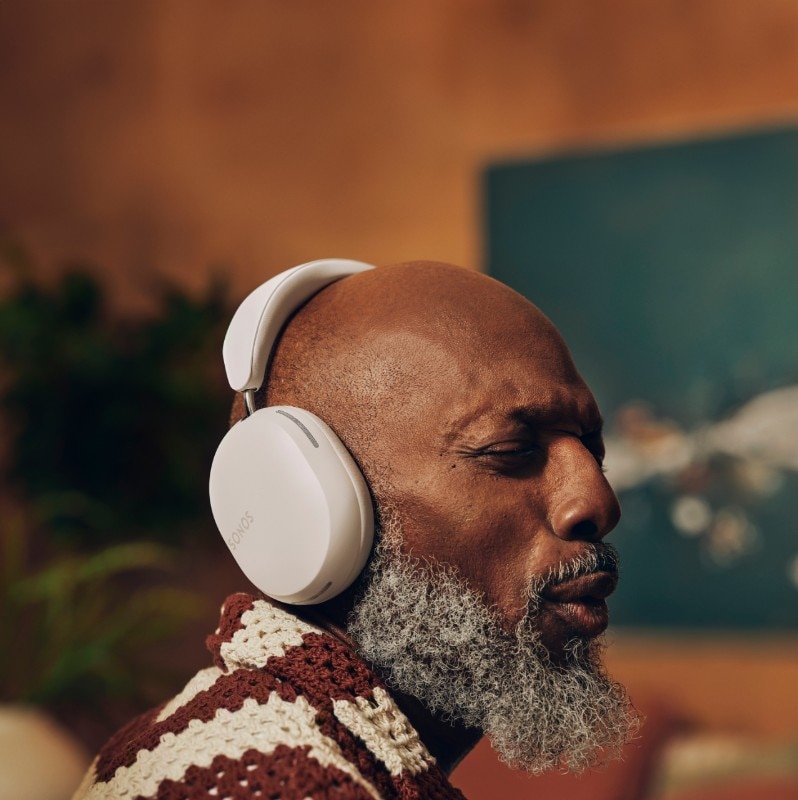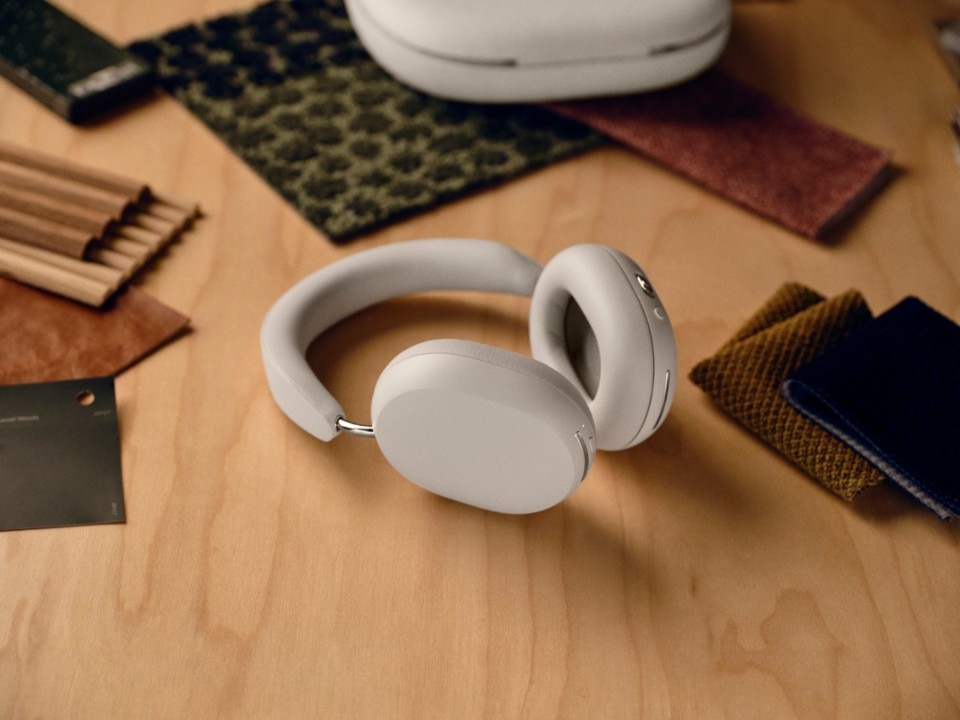The Sonos Ace headphones are minimalist – very minimalist. They are also light and comfortable to wear. This is Sonos’ first wearable device. Over the years, Sonos has become known as the leading connected home audio system, with beautiful and functional speakers designed to be easy to use and fit into any home. These speakers connect via Wi-Fi and are integrated into an app that gathers major streaming services and features special content like Sonos Radio, curated by artists such as Thom Yorke, Lorde, and Brian Eno.
Sonos’ evolution reflects how we’ve interacted with music over the past 25 years. We went from listening to MP3s stored on a single computer to integrating Spotify and other streaming services with physical collectibles like vinyl.
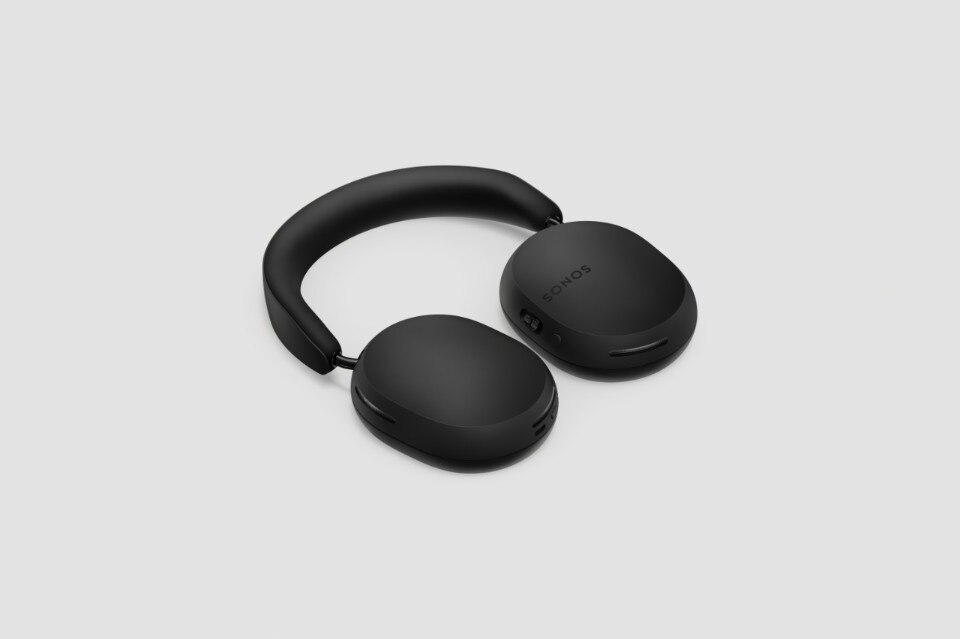
A new scenario
In 2021, Sonos ventured outside the home with Roam, its first portable Bluetooth speaker. Now they are entering a new field: wearable audio, with the highly anticipated Sonos Ace headphones (and, we suspect, possibly earbuds in the future). This didn’t come out of nowhere. Headphones are one of the most popular tech products in the world, a $5 billion market with high demand for premium devices. In the US, 72% of households own at least one pair of headphones, and the demand for high-end models is strong, according to Sonos.
Fans have been vocal about their desire for Sonos headphones with our superior sound quality, sophisticated design, and seamless experience.
“Fans have been vocal about their desire for Sonos headphones with our superior sound quality, sophisticated design, and seamless experience,” a company representative told Domus. “In the last three years alone, there have been 47.6k social mentions about it.” Launching the Sonos Ace presents a massive opportunity for the brand “to reach both existing owners and new households where headphones are the perfect entry point into our broader ecosystem of products.”
Headphones are an extremely popular product category, but there’s still room for improvement and to make a difference, Sonos explains. “We felt the category needed innovation and a fresh perspective.” The focus during the development of this new product, a process that took three years, was to “champion the kind of innovation and sound experience that Sonos has become synonymous with.” The result is the Sonos Ace, which “leverages everything we’ve learned over two decades as an audio leader” to bring “stunning sound, sleek design, and long-lasting comfort to one of the world’s largest and most popular audio categories.”
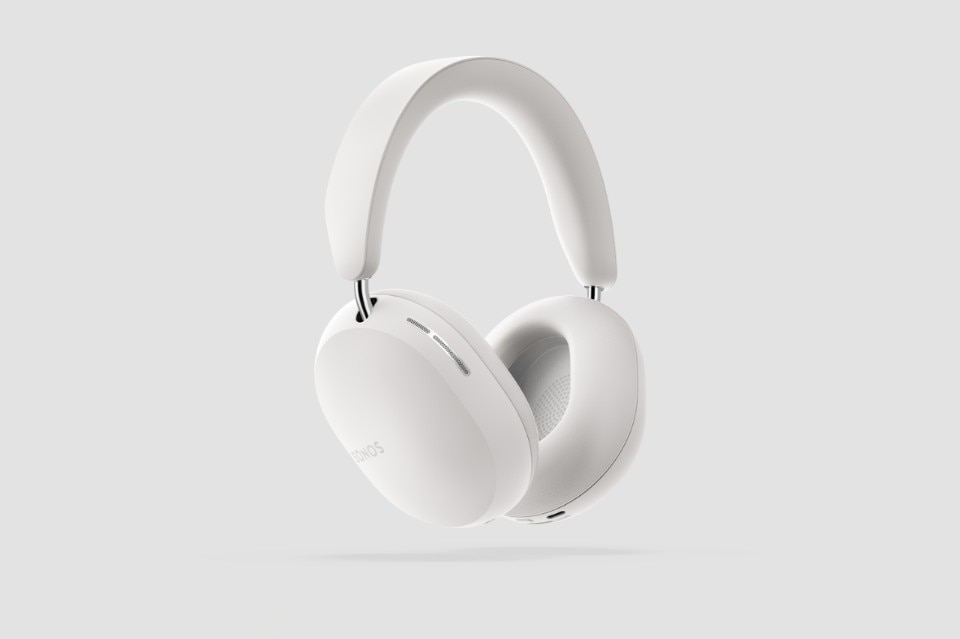
What we talk about when we talk about headphones, today
In the crowded wireless headphone market of the early 2020s, Apple’s AirPods Max set a new standard in both functionality and aesthetics. They reflect the Apple “Think Different” spirit that Jobs and Ive used to make industrial product history in the late 1990s. With Airpods Max, Apple deconstructed the concept of headphones and distilled it into a fluid and bold design. They replaced the classic headband with a metal and mesh frame, stretched the ear cups to the limit, used unexpected color palettes, integrated the digital crown from their watches, moved the buttons to within reach of the index and middle fingers, and placed computational audio inside, enhanced by a dedicated chip.
While Apple deconstructed, Sonos went back to basics. Their approach with the Ace headphones was to reclaim primal forms and materials to achieve simplicity. Unlike the maximalist AirPods Max, with their light heaviness and tactile contrast between mesh and metal, the Sonos Ace stand out with a minimalism that seems almost prototypical, almost embryonic, like a sculptural study rather than a functional object.
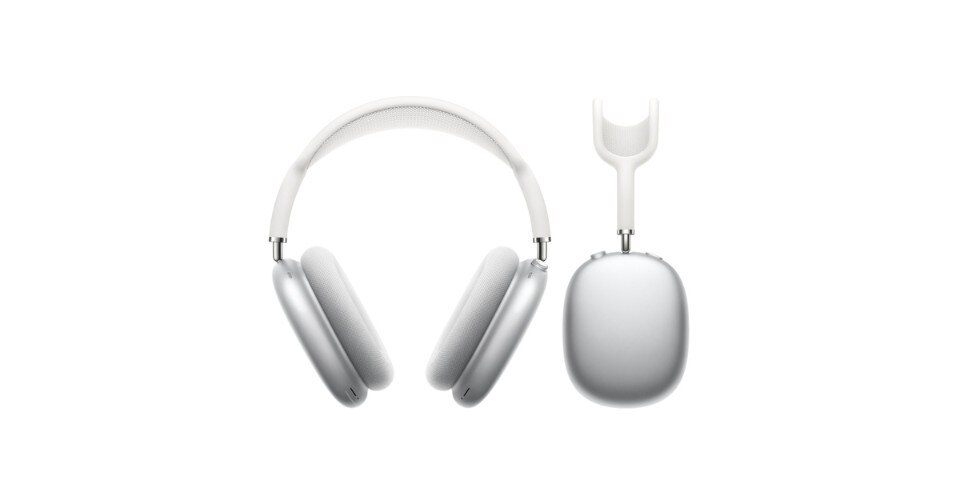
Their approach with the Ace headphones was to reclaim primal forms and materials to achieve simplicity.
Of course, the Apple lesson that has permeated all recent headphone trends is evident: the ear cups are larger, there’s exposed metal, and Sonos “steals” the idea of magnetically detachable and easily replaceable ear cups, which wear out the fastest. Sonos uses sustainable materials, reducing virgin plastics by 17%. The only aesthetic flair, which is also functional, is the different colors inside to distinguish left from right.
The Sonos Ace’s vegan leather padding is generous on the ear cups and headband. The use of plastic makes them light, warm, and pleasant to touch. Controls are minimal: a power and connection button – but the headphones should still turn on and off automatically thanks to the sensors –, a volume and playback switch, and a noise-cancellation button. All small and minimalist, maybe too much so.
They come with a felt case made from recycled bottles that is rough and pleasant to the touch. When placed inside, the headphones form a smile. This is a classic (and somewhat bulky) choice compared to the hyper-industrial AirPods, which, with their magnetic cover, turn into an inert, purse-like object that only contains itself.
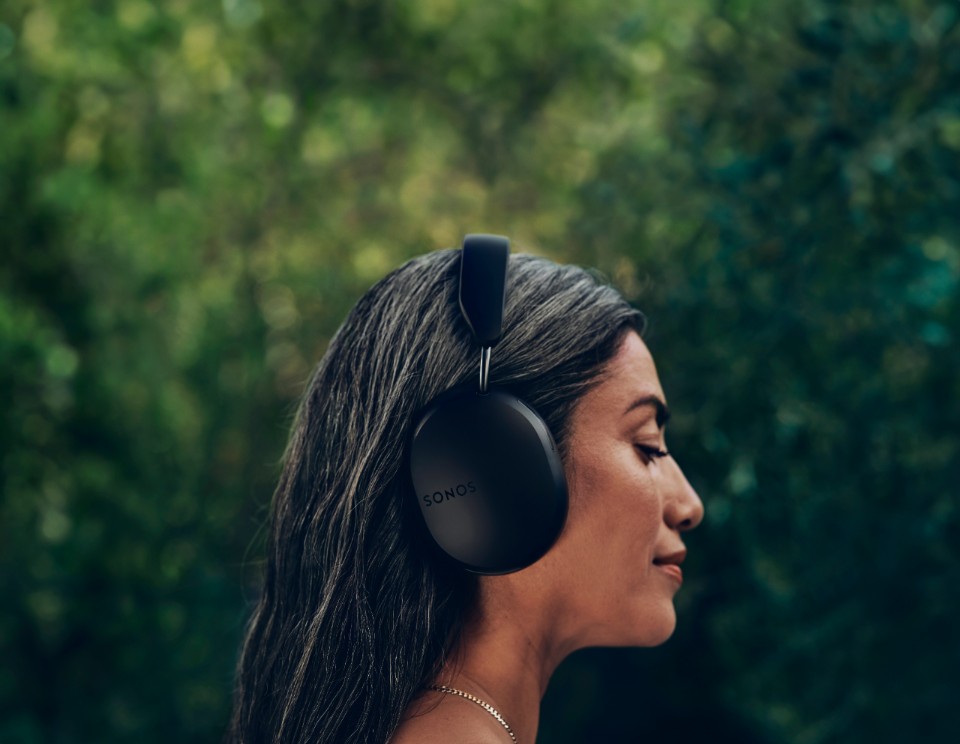
Sonos Ace’s design journey
“At Sonos, form follows function,” the company comments, while we chat about how the brand’s specific and highly recognizable design language was rewritten and adapted to a whole new product category.
Being their first wearable, it gave Sonos the opportunity to evolve its “timeless design language and consider ergonomics more holistically.” Comfort was a major topic of discussion during the design process, Sonos says, “whilst at the same time we wanted to create something unique to the market which looked and felt aesthetically ‘Sonos’.”
Design references included the Wassily Chair, “revered for its minimalist approach at a time when furniture was big and bulky.” Following that path, “Sonos Ace combines clean lines and angles to elegantly fuse form and function.”
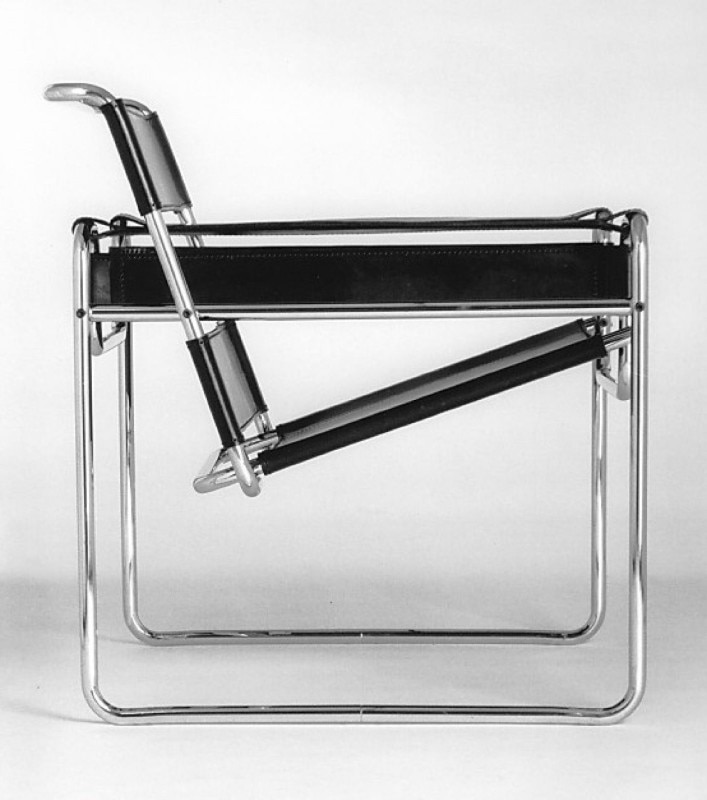
The aim of such an approach was to create a pair of “timeless, honest and long-lasting” headphones, “with understandable forms that highlight the key functions while capturing user’s attention.” Design at Sonos “is not about applying every fashion point of view or responding to the latest styling trend,” the brand explains. “We take inspiration from it while maintaining our ever-present intent to design with context in mind,” while “carefully balancing a premium look and feel, with innovative new technology and features into a light form.”
Extensive ergonomic research, benchmarking and user testing got the design team “where we wanted to be in the end.” These new headphones are not just minimalistic beautiful, but also feature top-notch specs, such as a 30-hour battery life, fast charging, Dolby Atmos spatial audio and support for lossless audio over Bluetooth on Android devices.
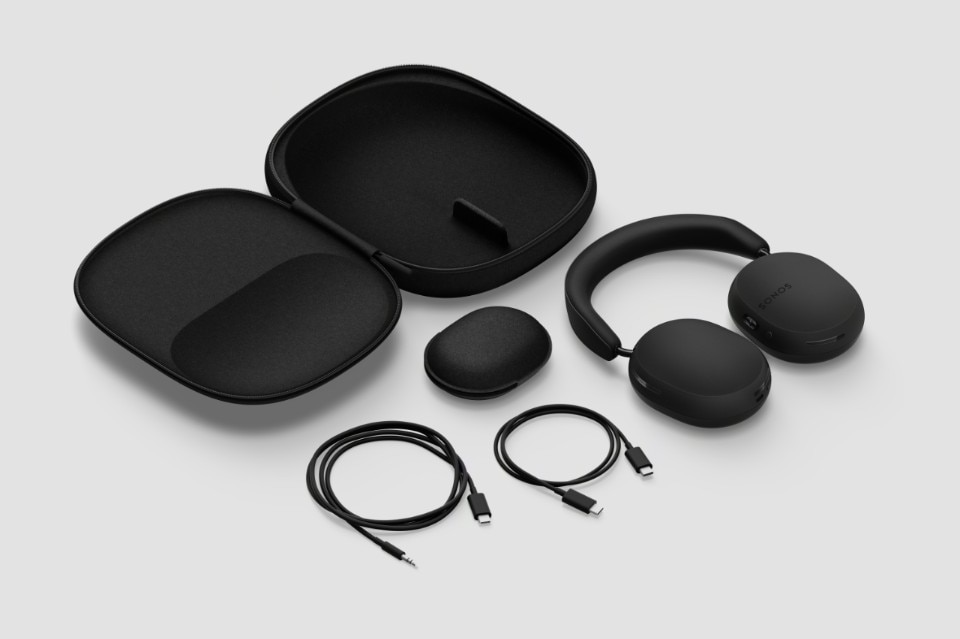
Sonos as a design system
Many of the elements you see on the headphones are consistent with the rest of the Sonos portfolio. The Content Key, for example, maintains that consistency by being, in a sense, a mechanical iteration of the volume slider that was introduced on the Era line and that you’ll see on the Move 2. “We have a strongly considered approach to material selection,” says Sonos. “Allowing us to create a beautiful, quiet-looking product, one that’s truly cohesive.”
The new headphones don’t come as an isolated product, but fit into the vast Sonos ecosystem. “Two-thirds of our 15 million households own more than one Sonos product, and we’re excited to build on this momentum as we enter a new category,” says the brand. While some users may be disappointed by the lack of WiFi connectivity, they can connect directly to any Sonos Arc soundbar to instantly stream sound for private listening. The Sonos app, the heart and mind of the brand’s home ecosystem, was recently redesigned “to create a more personalized and effortless listening experience,” and to support future innovations “like Sonos Ace and more.”
With the new app, Sonos can monitor if there’s “a need to add new features,” and if there’s “such a desire,” the company says, “we can build it and release it to our listeners over the air through a software update.”


